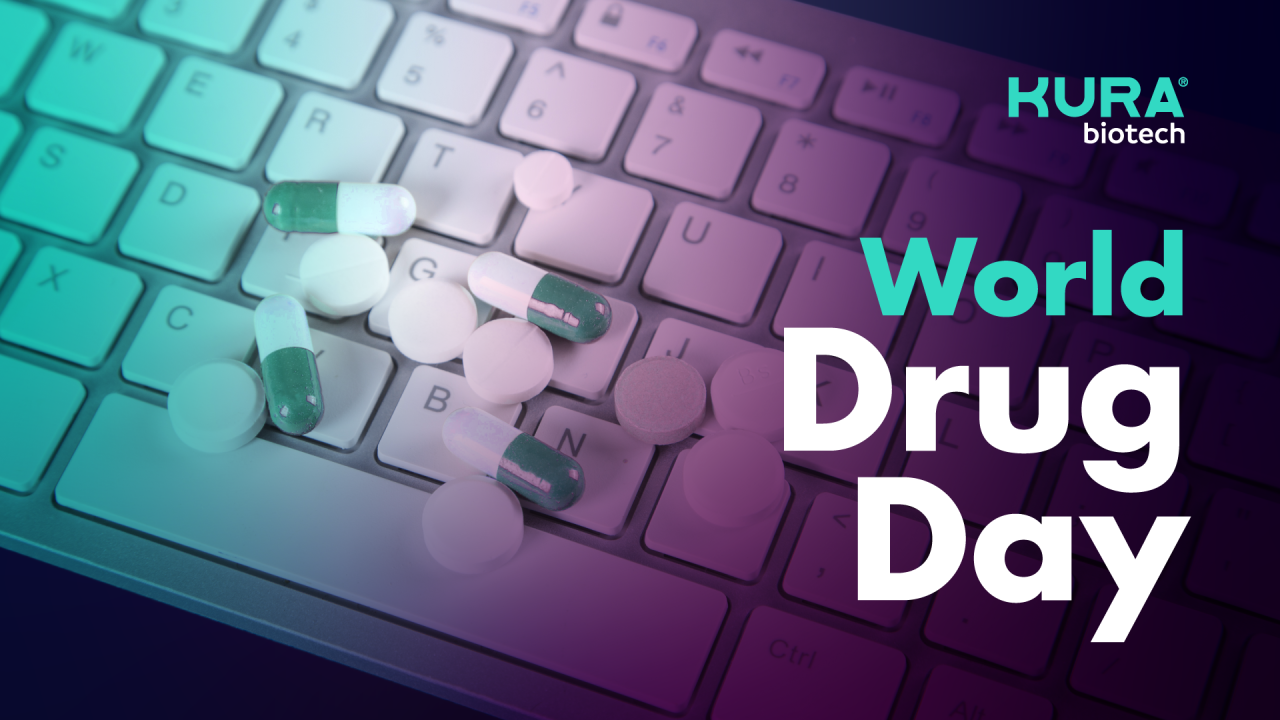World Drug Day: Shaping the Future of Drug Monitoring and Adolescent Drug Use
Days like this are worth remembering to strengthen action and cooperation for a drug-free world. This is why we took the liberty of creating this article about World Drug Day. Let's leverage key reports shaping drug monitoring and adolescent drug use. The study by EMCDDA — European Monitoring Centre for Drugs and Drug Addiction emphasizes the importance of being prepared for crises and integrating foresight. Online markets are crucial to monitor, as they influence drug trends and accessibility. National survey results highlight determinants of adolescent drug use, including generational forgetting. Tailored prevention and education efforts are vital. Let's utilize these insights to shape interventions for a healthier future.
As we approach World Drug Day on June 26th, let's reflect on the latest insights from two significant reports that shed light on the illegal use of drugs: The future of drug monitoring in Europe, and the key findings on adolescent drug use in the USA. These reports provide crucial information that can guide our efforts in combating drug abuse and promoting a healthier society.
The EMCDDA — European Monitoring Centre for Drugs and Drug Addiction conducted a comprehensive "futures study" to envision drug monitoring until 2030. It emphasizes the need to enhance resilience during global events like the COVID-19 pandemic and improve crisis preparedness and communication. The study highlights the importance of applying foresight approaches in the drug field and advocates their integration into existing analytical work and decision-making processes. Additionally, it led to the development of an online foresight toolkit, providing valuable resources for future endeavors.
Foresight approaches are crucial to acknowledge the influence of online markets on the future of drugs and addictions. In particular, the surface-web market and the darknet drug market are two primary forms of digitalized platforms that have significant potential to shape drug trends. These markets, fueled by digital communication and social media applications, broaden distribution networks and enable discreet transactions through encrypted communications. As a dynamic and resilient force, the online market is projected to expand, potentially leading to a surge in the availability of illicit drugs and pharmaceuticals. Therefore, understanding and addressing the impact of these online markets is an essential aspect of effective drug monitoring and intervention strategies in the coming years.
On the other side, The National Survey Results on Drug Use provide critical insights into the current landscape of adolescent drug use. Understanding the specific determinants of drug use for different substances is crucial. Perceived benefits, perceived adverse outcomes, peer norms, and drug availability all influence patterns of drug use among young people.
A concerning phenomenon called "generational forgetting" highlights the continuous flow of new drugs and the rediscovery of older ones by young people. This process often occurs due to a lack of awareness regarding the adverse consequences of drug use. Prevention efforts must be tailored to address the drug-specific beliefs and attitudes held by young people.
Efforts to minimize the grace period for new drugs and educate young people about the dangers of illicit market drugs can have a significant impact on reducing drug-related harm.
On this World Drug Day, let's utilize the insights from these reports to shape our strategies and interventions. By adopting forward-thinking approaches to drug monitoring and implementing targeted prevention measures, we can work together toward a healthier future for our communities.



